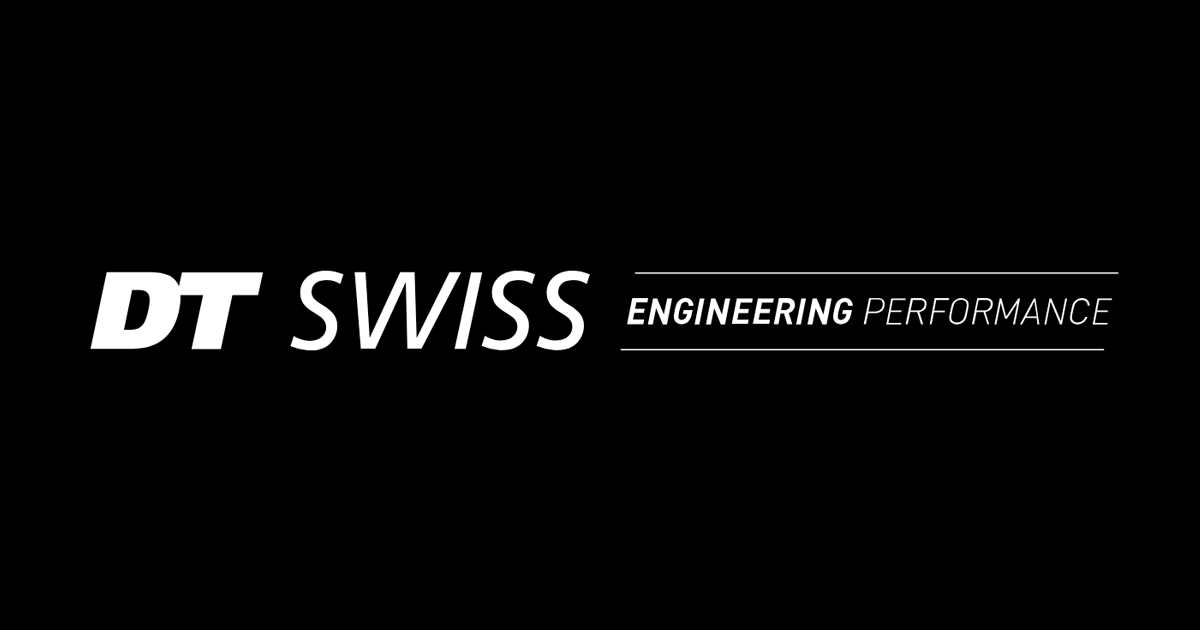I’ve noticed a little bit of lag when going from freewheeling (coasting) to pedaling. I also hear something of a clank when re-engaging the pedal under load. I’m thinking maybe it‘s the DTSwiss hub (I believe the 370) that came stock on my 2021 Santa Cruz Heckler MX-S. I’m looking for a hub with a greater number of “teeth” which I hope will reduce this lag. Some of the hubs I’m considering include the Onyx, Onyx vesper, Industry 9.
Anyone have experience with these hubs. And does it matter if I leave the DT front hub and replace just the rear.
Initially I thought it might be the SRAM GX Eagle group set but from what I read this is rather well regarded so I’m leaning toward replacing the hub. My bike has just under 1000 miles so maybe the rear hub should be replaced anyway.
Anyone have experience with these hubs. And does it matter if I leave the DT front hub and replace just the rear.
Initially I thought it might be the SRAM GX Eagle group set but from what I read this is rather well regarded so I’m leaning toward replacing the hub. My bike has just under 1000 miles so maybe the rear hub should be replaced anyway.





